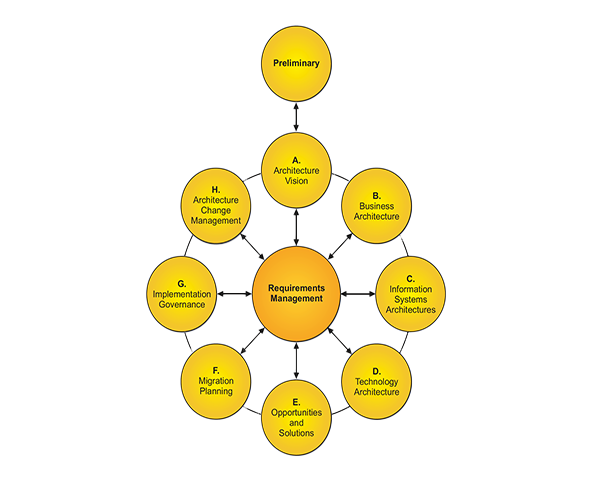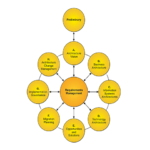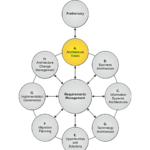Architecture Vision & Business Architecture
The Architecture Development Method (ADM) provides a comprehensive framework for defining enterprise architecture in a structured and systematic manner. It guides practitioners through various phases, ensuring each step contributes to the overall architecture development process.
The Preliminary Phase
Every journey begins with a solid foundation. In the ADM, the Preliminary Phase is essential as it defines the desired architecture capability. This phase focuses on identifying key architecture principles that will influence the development of the enterprise architecture. Establishing these principles early helps shape the architectural vision and guides subsequent phases.
Phase A: Architecture Vision
Following the Preliminary Phase, we enter Phase A, the Architecture Vision. This phase is about crafting a high-level aspirational vision of business value and capabilities. It lays down a rough design of what the future enterprise architecture should look like.
Key activities in this phase include:
- Identifying Stakeholders and Business Requirements: Understanding who is involved and what they need helps ensure that the architectural changes are accepted and effectively implemented.
- Developing the Architecture Vision: This involves capturing the essential components of the future architecture and aligning them with business objectives.
- Formulating Recommendations: Based on the architecture vision, practitioners make strategic recommendations that will facilitate the next steps.
- Confirming Business Goals and Objectives: Ensuring that the architecture vision aligns with the overarching business goals is crucial for its success.
- Defining Scope and Constraints: It’s important to outline what the architecture will cover and any limitations that might affect development.
Phase B: Target Business Architecture
Building on the foundation set in Phase A, Phase B focuses on creating the target business architecture. This phase is about defining the desired future state of the business and mapping out the steps needed to transition from the current architecture to this target state. Here, the architecture roadmap items are identified, laying out a clear path forward.
In summary, the ADM lifecycle is a well-structured approach that ensures clarity and direction throughout the architecture development process. From establishing architecture principles in the Preliminary Phase to defining an aspirational vision and mapping the transition in subsequent phases, each step is crucial for achieving a successful enterprise architecture. Understanding these phases empowers practitioners and ensures that business transformations are aligned with strategic goals.




Pingback: Understanding the ADM Cycle – Toks Lawal